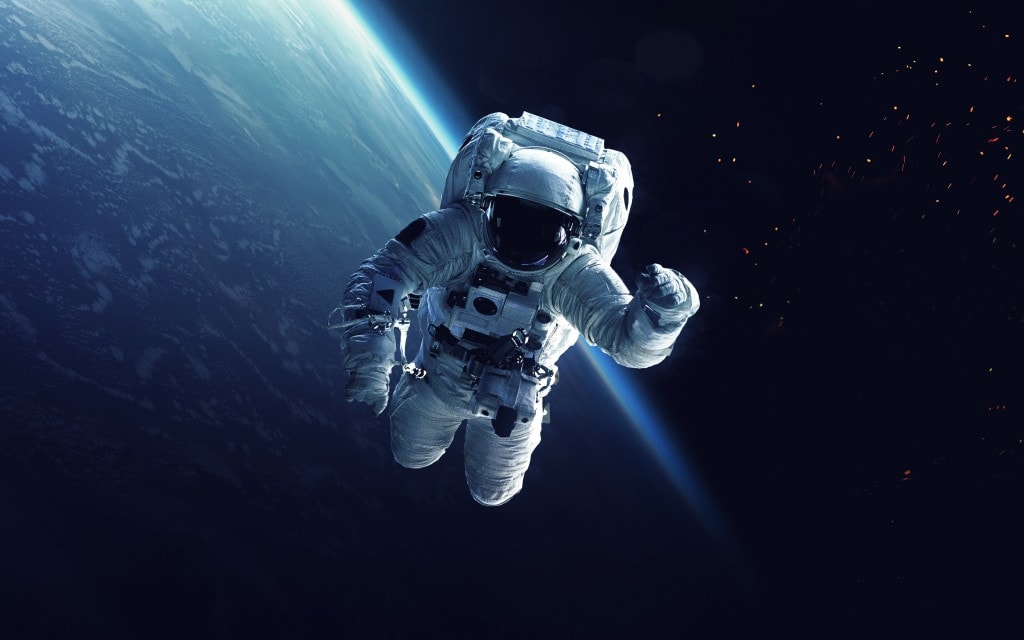Outer space is an exotic place that most of us will never get to explore. Only trained astronauts willing to spend months at a time floating around in a metal tube head into the mysteries of space. Because outer space is such a wild, wild west, our folk here on Earth hope that astronauts come back with some outlandish, baffling stories. We’ve compiled a list of some of the most extreme, wildest stories from our fellow astronauts.
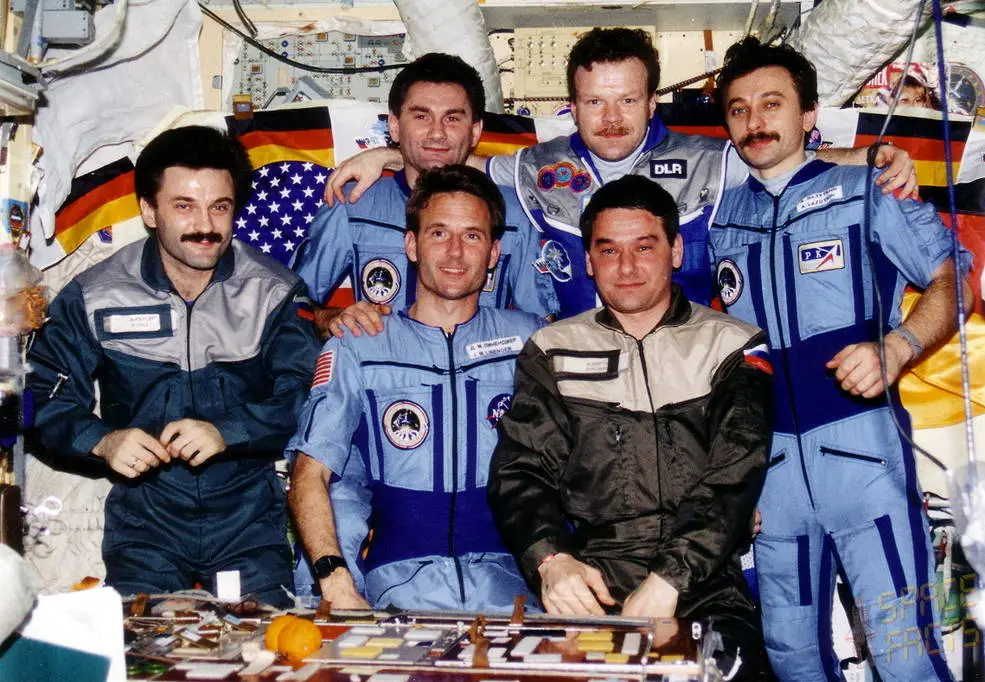
The Mir Space Station Fire
Once on board the Mir space station in 1997, Jerry Linenger thought he was going to have a quiet night and tasty meal. Little did he know, he was about to live his biggest nightmare. A tank of fully combustible chemicals caught fire. This led to a raging inferno that engulfed the entire station. Linenger and his team didn’t waste any time and worked to prevent the fire from spreading further across the station. One mistake meant their demise. They prepared for an emergency escape and fought the fire for 14 minutes.
According to NASA, “The crew quickly donned oxygen masks, and Korzun began dousing the flame with foam from a fire extinguisher, as Linenger held him in place and the other crew members handed him two more extinguishers. The flame finally extinguished itself, with Korzun’s efforts preventing significant damage – although some of Kvant-1’s panels were charred. Over the next several hours, the station’s life support system cleared the smoke and life returned to normal aboard Mir following the worst in-orbit fire incident in the history of spaceflight.” Because of the narrow confines of the space station, it made it difficult for the team to fight the fire. But it didn’t take them long to contain the fire and save everyone’s life. Russian space officials made major changes to crew members’ training of fire and their responses (NASA).
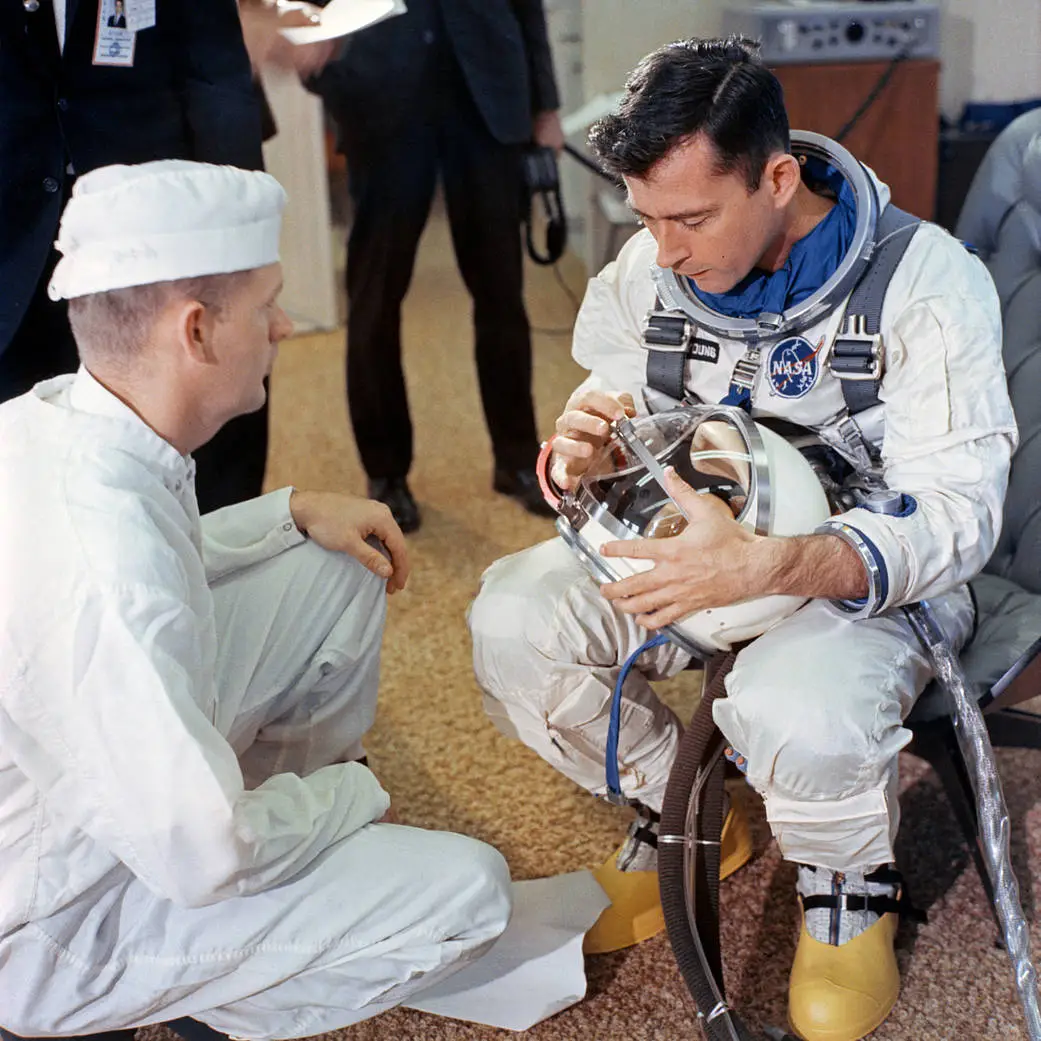
Smuggling A Sandwich
When John Young was on board the Gemini 3, he smuggled a corned beef sandwich. Shortly before the launch, he put the sandwich inside his pocket. Young and Virgil ‘Gus’ Grissom shared the sandwich two hours into the five-hour flight. Young put the remains back into his spacesuit so the breadcrumbs wouldn’t fly around the spaceship and land in one of their eyes.
The astronauts not only enjoyed a heartwarming meal in microgravity but also demonstrated the adaptability of space travel and the human spirit, proving that even in the vastness of space, the desire for connection and shared experiences persists. This lighthearted gesture added a unique chapter to the annals of space exploration, highlighting the astronauts’ ability to infuse a sense of camaraderie and joy into the challenges of life beyond Earth. (Reddit).
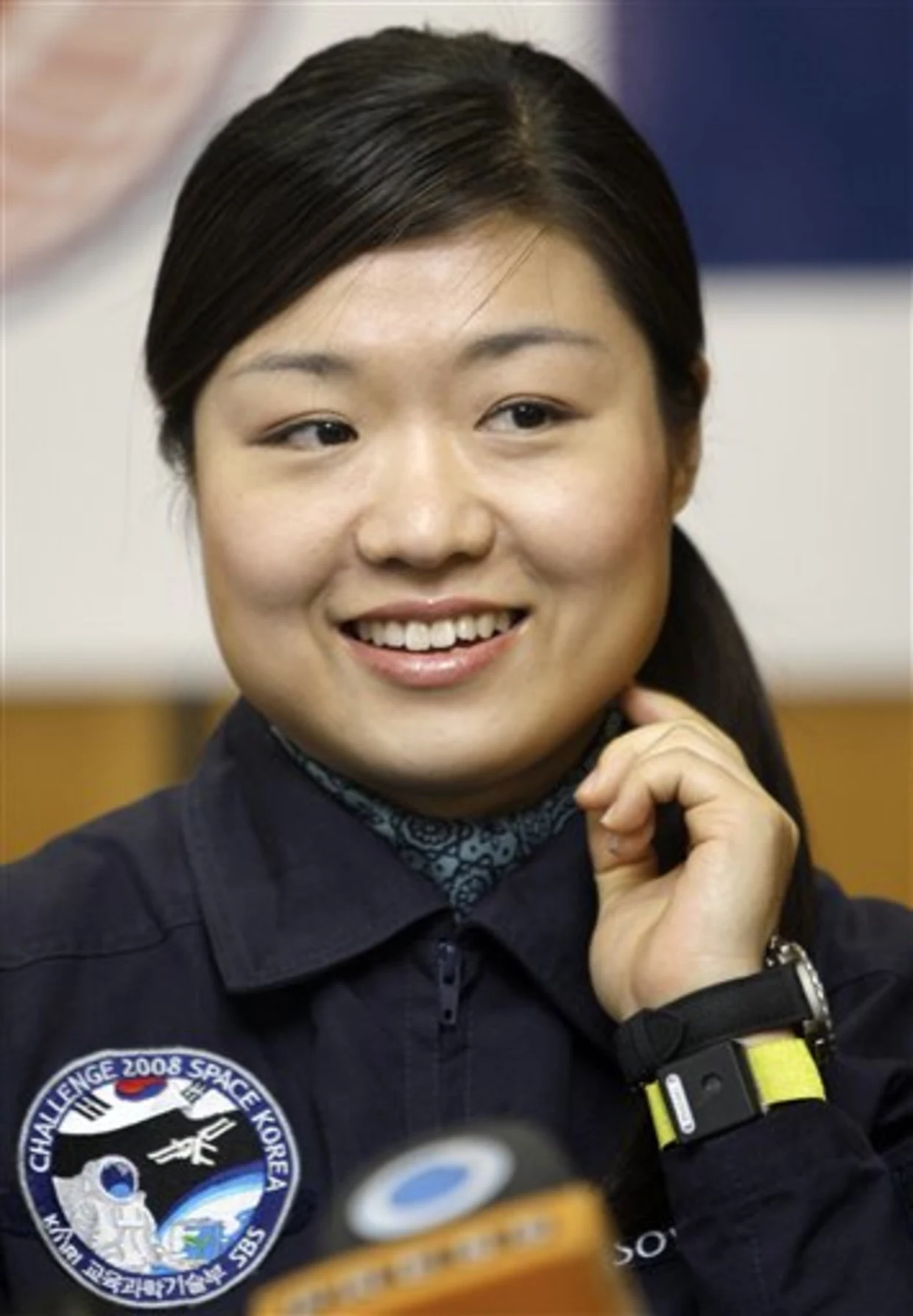
The Return Of Soyeon Yi
Korea’s first astronaut, Soyeon Yi, took a round-the-world journey on the ISS. When she returned to Earth, she and her team made a dire mistake that took them off course. They struggled to land and had no idea where they were. She said, “During the descent, I saw some kind of fire outside as we were going through the atmosphere. At first, I was really scared because it looked hot and I thought we could burn.”
Their spacecraft took a steeper-than-usual trajectory, thanks to a technical problem on board. When they did finally make it back to Earth, they found themselves in a remote area of Kazakhstan, with nothing more than a satellite phone and GPS. Dozens of locals surrounded their spacecraft and said, “One of them asked if the landing capsule was a boat. Another said that we might have jumped down from a plane.” They tried to make contact with the Russian Space Agency, until eventually, a helicopter arrived and helped them back home. At least they’d managed to land on Earth and not on Mars! (NBC News).
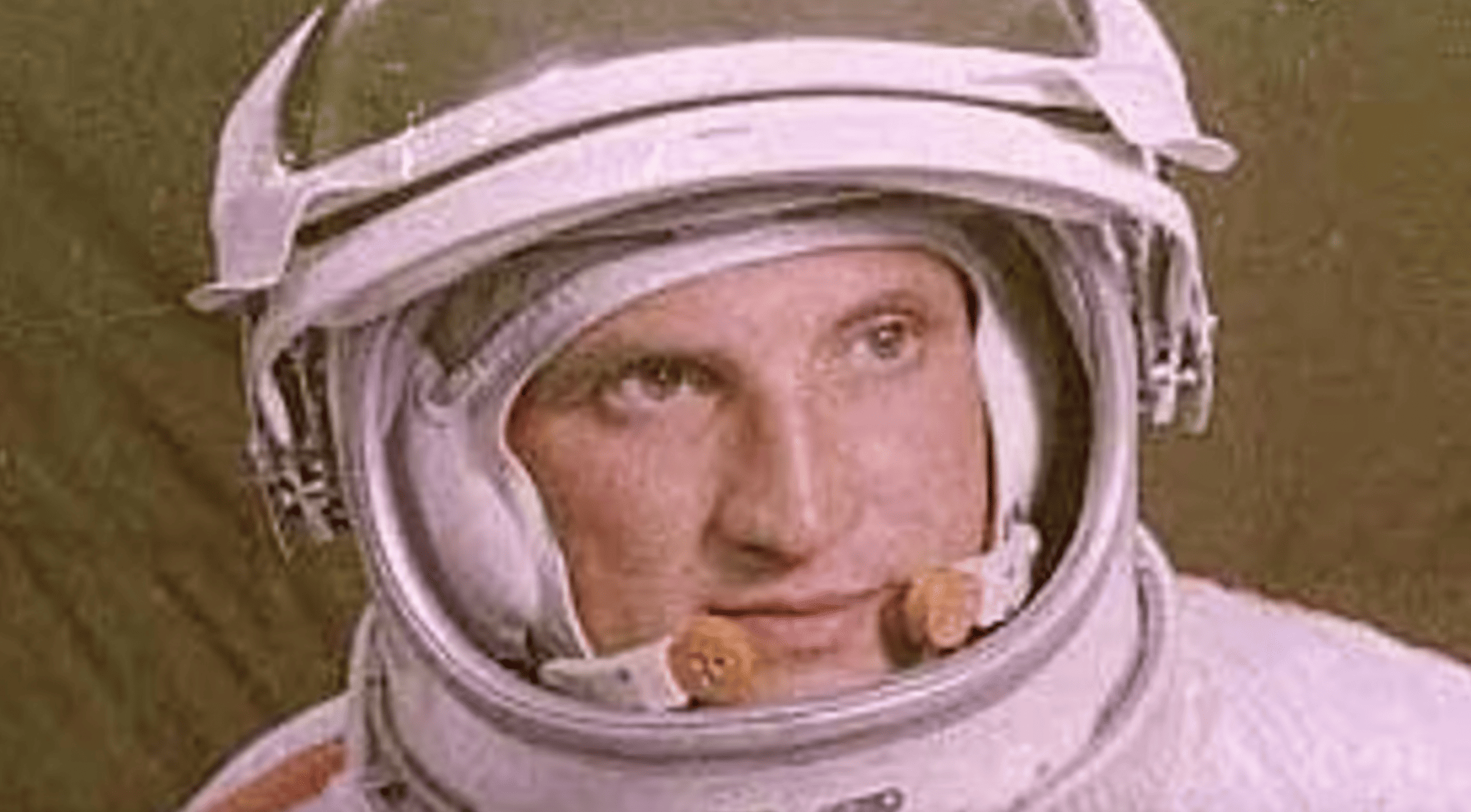
A Burning Red Capsule
During the Soyuz 5 mission, the service module didn’t detach. Boris Volynov, on board, had to reenter head first, which caused the capsule to become burning red. According to Reddit, “the capsule flipped around with massive G-forces, saving the cosmonaut. When he landed, the parachutes didn’t properly open and the landing rockets didn’t fire. He landed so hard that he broke all of his teeth.
Because of this different reentry profile, he landed 100s of kilometers from the target. He had to get out, in the Siberian tundra, while it was -39º C outside, and walk in his space suit wary of bears and wolves with a shotgun to a house nearby. Volynov spent a few hours/nights with a Russian family before he was saved.” Not only that but he suffered immense injuries during the near-fatal crash. He had a severe jaw injury, limiting his diet to broth and juice (Reddit).
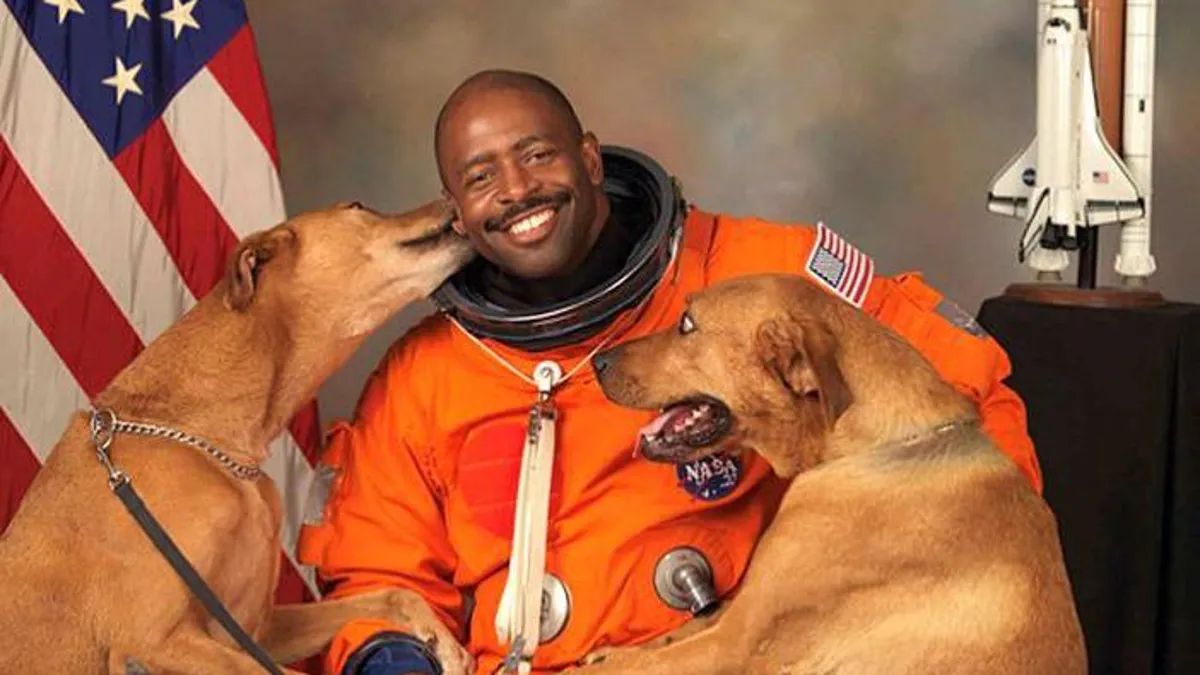
An Encounter With Aliens
When Leland Melvin went to outer space, he didn’t think he’d ever encounter aliens. But during one of his space missions, he spotted something “alien-like” floating outside the payload bay. NASA tried to brush it off as ice that had broken off, but Melvin described it as translucent and curved. He sent the internet into an alien frenzy when he took to Twitter and shared it with Scott Waring.
In his Tweet, he said, “I have not seen one in space or on the ground but thought I saw something organic/alien like floating out of the payload bay. @AstroKomrade and I called the ground to ask what it could be and it was ice that had broken off of the Freon hoses. Translucent, curved, organic looking.” This sparked the question that extraterrestrial life might be possible, and that there’s more to the outer space story than we know (CNET).
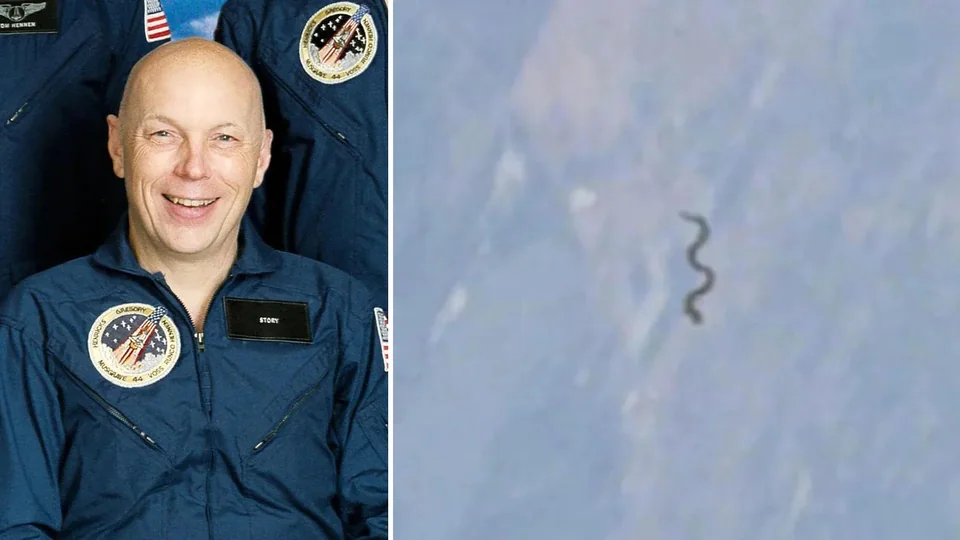
The Space Snake
It would be difficult to assume this is a lie, but when retired NASA astronaut Dr. Story Musgrave was in space, he claimed he saw an 8-foot-long white snake floating through space. It could have easily been a hose floating through, but he’s stuck to his belief and won’t back down. There could very possibly be space snakes floating through our atmosphere.
While it’s challenging to dismiss Dr. Story Musgrave’s assertion of seeing an 8-foot-long white snake in space, skeptics suggest a more plausible explanation. It’s conceivable that what Musgrave perceived as a celestial serpent might have been a stray hose or a piece of debris drifting through the cosmic expanse. Despite the scientific inclination to rationalize such sightings, Musgrave’s steadfast conviction in his encounter raises intriguing questions about the mysteries that may still linger beyond our understanding in the vastness of space. Whether or not space snakes are a reality, Musgrave’s anecdote serves as a reminder of the enigmatic nature of the cosmos and the potential for the unexpected in the exploration of the final frontier. (Reddit).
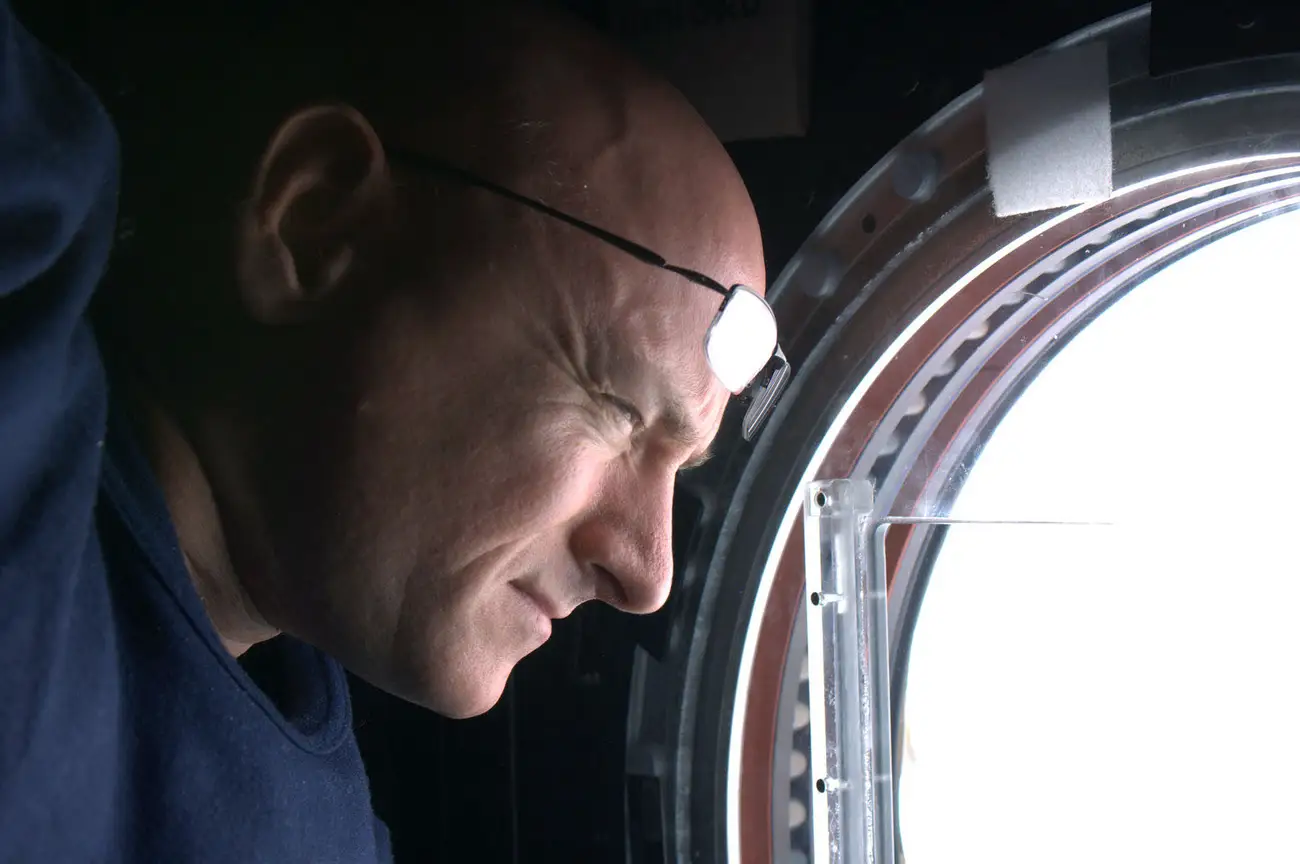
Scott Kelly’s Alien Message
During a 340-day stint on the ISS, Scott Kelly sparked a thrilling excitement among UFO enthusiasts. They believed Kelly was trying to tell the world about an encounter with aliens. He suggested aliens have it a lot easier than humans when adjusting to space and Earth. Kelly said, “It was the fact that what I was looking at was flying behind the atmosphere and because of the variations in the atmosphere it made the trajectory look like it wasn’t going in a straight line.”
He also mentioned a virtual reality game they play on the space station, where they pretend to survive an alien attack, which might be a sign of real life. Fellow astronaut David Spergel said, “We have a community of people who are completely convinced of the existence of UFOs, and we have a community of people who think addressing this question is ridiculous. And I think as scientists, the way to approach questions is you start by saying, ‘We don’t know,’ and then you collect data and you try to calibrate your data well.” All we can do is wait and see if these alien encounters will turn into something (Business Insider).

Bob Curbeam And The Poisonous Ammonia
Bob Curbeam had a terrifying encounter in 2001 on his space mission when ammonia came into play. The shuttle Discovery’s mission to the ISS was supposed to rewire the station’s electrical system, however, the cooling line leaked ammonia. The ammonia spilled all over Curbeam’s spacesuit. It created a cloud of toxic mist in the space vacuum. He had to act quickly to shut off the flow and prevent further damage to the space station. The space station remembered this haunting experience, and this reminded everyone that despite the amount of training you could have, even the most well-trained are not immune to imminent dangers such as these.
Bob Curbeam’s harrowing encounter during the 2001 space mission serves as a stark reminder of the unpredictable dangers that astronauts can face in the unforgiving environment of space. The mission, originally intended to rewire the International Space Station’s (ISS) electrical system, took a perilous turn when a cooling line leaked ammonia, enveloping Curbeam’s spacesuit in a cloud of toxic mist. In the vacuum of space, where the absence of air precludes the dissipation of such hazards, Curbeam had to act swiftly to shut off the ammonia flow, averting potential catastrophe for both himself and the space station. (YouTube).
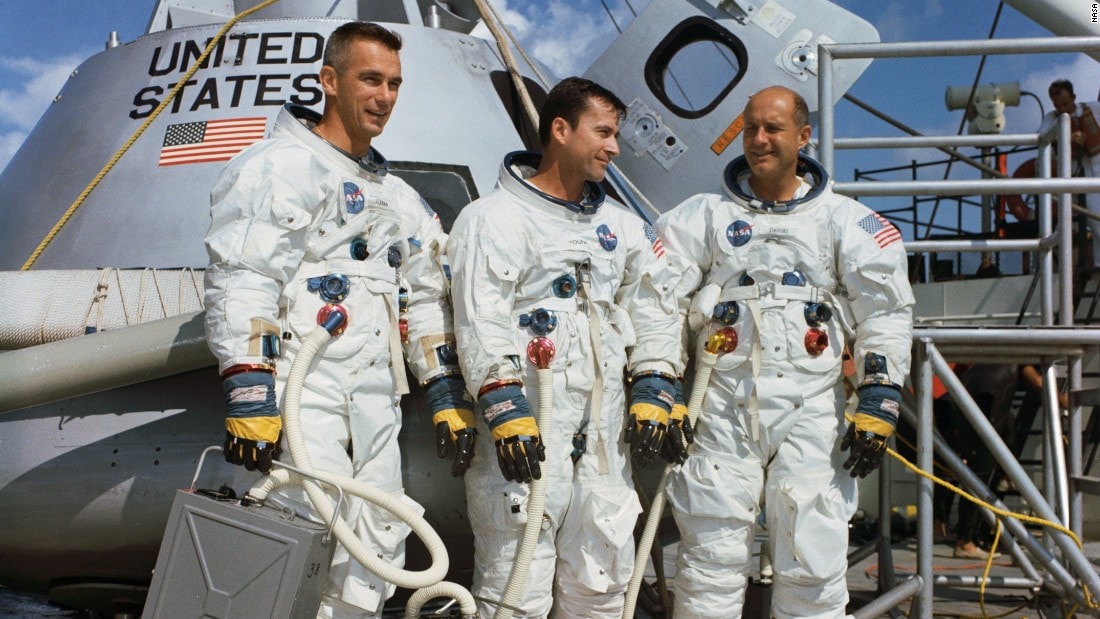
Apollo 10 Astronauts Heard Weird Music
During a mission to pave the way for the historic Apollo 11 moon landing, astronauts stumbled on alien music. They heard strange whistling sounds that could only be described as “outer-space-type-music.” They couldn’t believe their luck for being the first humans to discover the music. Michael Collins wrote in his book, Carrying the Fire, “There is a strange noise in my headset now, an eerie woo-woo sound. Had I not been warned about it, it would have scared the hell out of me.
The radio technicians (rather than the UFO fans) had a ready explanation for it. It was interference between the LM’s and Command Module’s VHF radios.” But the result was only disappointment when they realized it was only an interference between the VHF radios on the two vehicles (IFL Science).
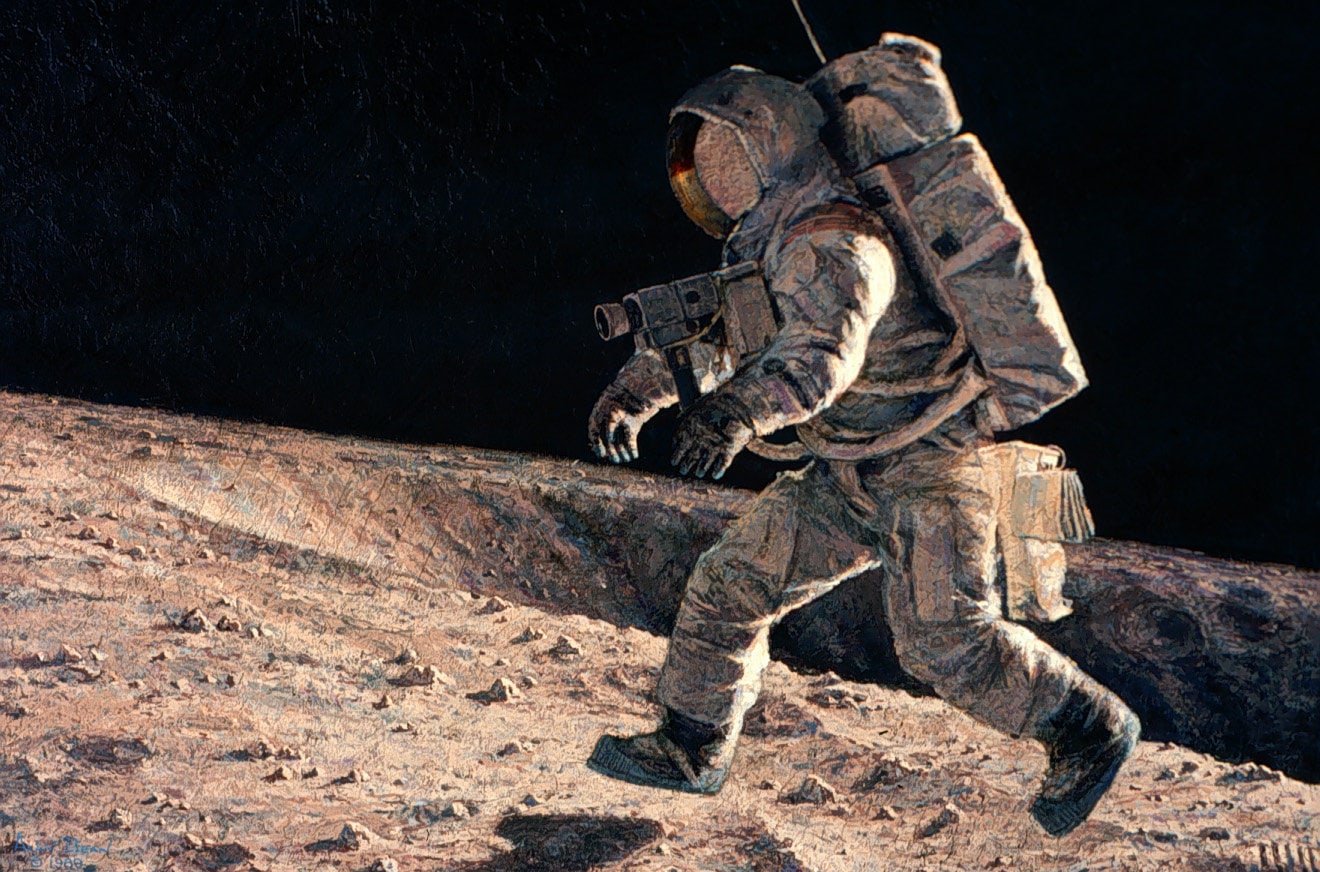
Moon Shoe Leather
When Alan Bean was in outer space, he claimed he saw something shiny on the moon. The only way he could describe this was as “shoe leather.” You’d expect space to be black and devoid of light in most places, so what could have possibly been that shiny thing he saw? There’s no explanation for this one. Alan Bean’s intriguing observation during his time on the moon adds a mystifying layer to the enigma of outer space. While the prevailing expectation is that space is a vast expanse of darkness, Bean’s description of a shiny object akin to “shoe leather” raises questions about the nature of lunar surfaces. Space missions typically involve meticulous planning and thorough scientific observations, and unexpected sightings can spark curiosity and speculation.
One possibility is that the reflective quality of certain lunar rocks or minerals could have caught Bean’s attention, creating an illusion of shine in the stark lunar landscape. Alternatively, it could be a unique play of light and shadow, or even an anomaly in the astronaut’s perception heightened by the unfamiliarity of the lunar environment. Bean’s encounter serves as a reminder that the moon, though seemingly barren, holds mysteries that continue to captivate the imagination of scientists and space enthusiasts. (India Times).
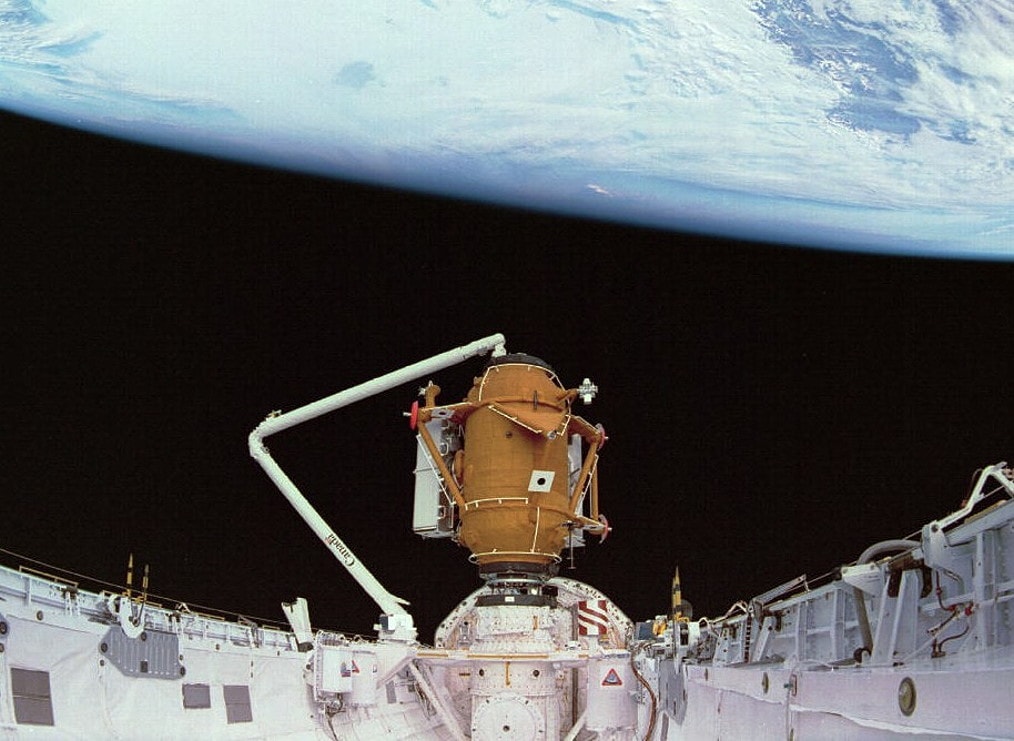
Astronaut Chris Hadfield Had To Dock The MIR
During a trip to the Russian space station MIR, Chris Hadfield had to land the spacecraft in a dire situation. With no outside assistance, he docked the spacecraft safely and at the correct speed, avoiding any catastrophe. According to Space Facts, “Mission Specialist Chris Hadfield first maneuvered Atlantis’ mechanical arm into position to attach to a grapple fixture mounted on the module.
Next, they released latches that held the module horizontally in the payload bay for launch, and Hadfield lifted the module out of the bay. Above the bay, he rotated the module to a vertical position. Hadfield then began to precisely align the docking system at the end of the module with the Orbiter Docking System (ODS) on Atlantis.” With no outside assistance, his quick thinking helped him and his team land the spacecraft and have a successful land (Space Facts).
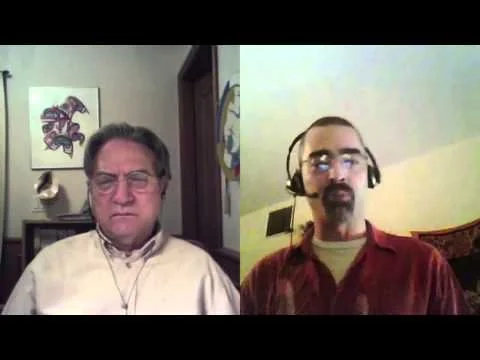
NASA Astronaut Claims His Spaceship Abandoned Him On Mars For 17 Years
You’d think a space mission would keep track of their astronauts. But Randy Cramer just so happened to slip under the radar. He claims he spent 17 years on Mars. Because of the massively controlled space missions, it’s unlikely. He and a few other astronauts were sent to Mars to establish a human colony.
They placed it there to defend against aliens and any other extraterrestrial threats. Cramer also admits to encountering various aliens, both hostile and friendly, with advanced technology that would put us humans to shame. Even though most people don’t believe these claims, you never know if he’s telling the truth. The users of Reddit shared their opinions as well, fully claiming that Cramer is making it all up (Reddit)

Floating Animal Corpse Rumors
There is no credible evidence or record indicating that the bodies of the first living beings in space, a monkey and a dog, are still in space or visible to astronauts during their space missions. The first living beings in space were Laika, a Soviet space dog, who orbited the Earth aboard Sputnik 2 in 1957, and Albert I, a rhesus monkey, who was launched on a V-2 rocket in 1948 by the United States. Unfortunately, both animals did not survive their respective missions.
Spacecraft carrying animals were not designed to return safely to Earth during the early years of space exploration. Therefore, the animals perished due to the conditions of their missions. Astronauts on space missions do not encounter the remains of these early space pioneers during their journeys. Current space missions focus on human spaceflight and scientific exploration, and steps are taken to ensure the ethical and humane treatment of living organisms involved in space experiments.
(Science).
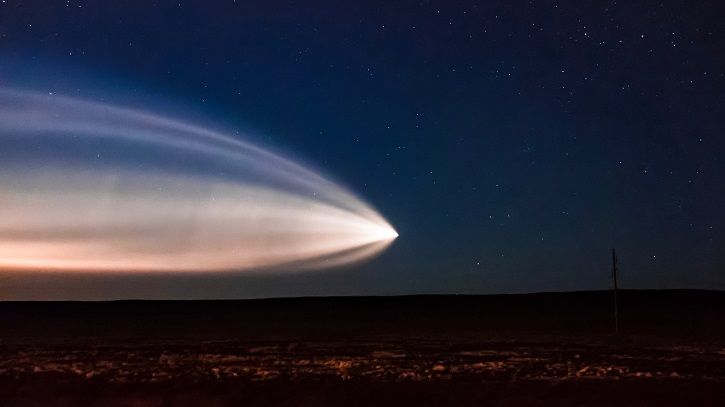
The Cylinder UFO
Even though we all have a rough idea about what a UFO should look like, most of us don’t expect it to be cylindrical. Back in 1991, Musa Manarov caught this cylinder UFO on film, as the shiny object made its way across space. It’s up to you whether you want to believe it or not, but it’s likely astronauts wouldn’t lie about this sort of thing.
Astronauts, like any other individuals, may experience moments of confusion or misinterpretation when observing objects in space. However, it’s crucial to approach such claims with a degree of skepticism and scientific scrutiny. While astronauts are highly trained professionals, they are not immune to optical illusions, reflections, or other phenomena that can occur in the unique environment of space. Additionally, it’s essential to consider the possibility of technical glitches or anomalies in imaging equipment. (Reddit).
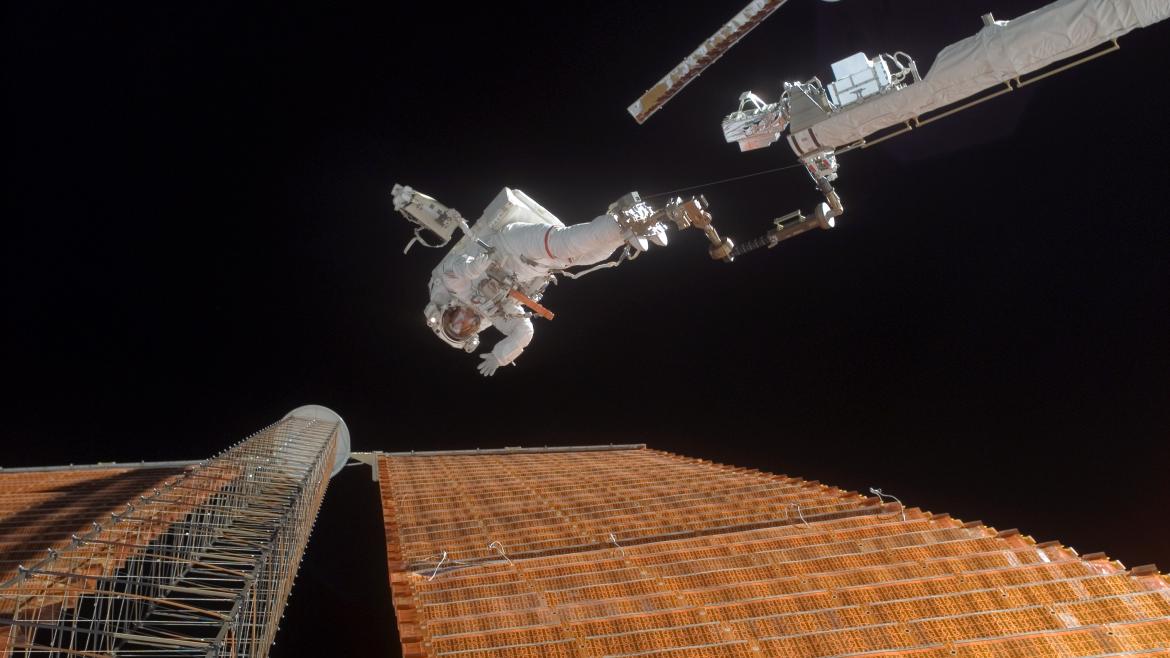
Scott Parazynski And Potential Electrocution
Scott Parazynski’s perilous spacewalk to rescue the International Space Station (ISS) from a jammed solar panel stands as a testament to the bravery and ingenuity of astronauts faced with critical repair tasks. The stakes were incredibly high, with the risk of electrocution or ignition due to the 100% oxygen environment in Parazynski’s spacesuit. To mitigate this danger, he ingeniously used special tape to insulate his spacesuit and prevent any metal-to-metal connections with the malfunctioning solar panel.
David Wolf, Chief of NASA’s spacewalking branch, acknowledged the calculated risk, stating, “There comes a time when the station needs repair … where we, with good mitigation and knowledge, accept a higher risk.” This bold decision underscored the dedication of astronauts to safeguard the ISS and highlighted the necessity of calculated risks in the pursuit of maintaining critical space infrastructure. (ABC News).
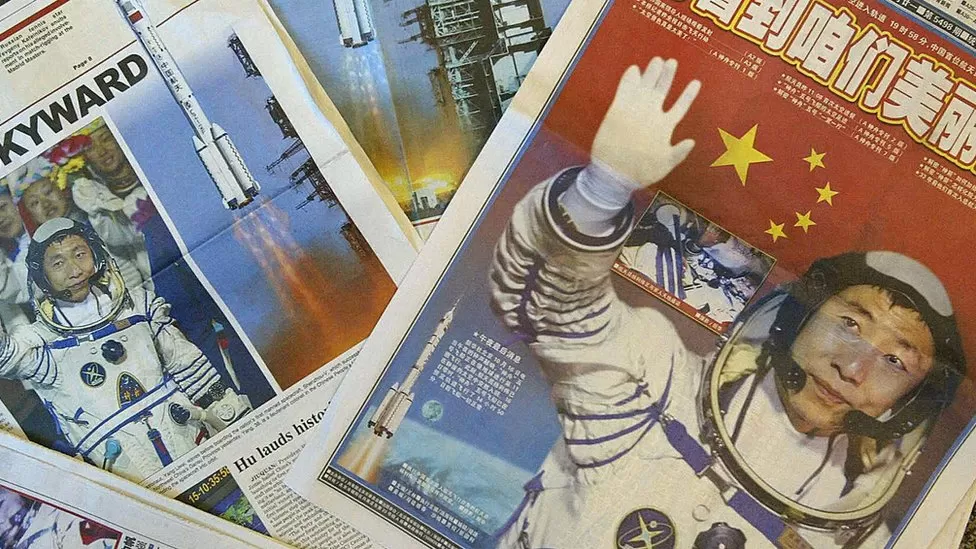
The Mysterious Knocking in Outer Space
China’s first astronaut was Yang Liwei. When he went into outer space, he had a unique experience that only astronauts could have. During this time, he heard a mysterious knocking on the Shezhou 5 spacecraft. It sounded like it was coming from outside the spaceship and wasn’t a normal part of the standard operating sounds of the ship.
He said, “It neither came from outside nor inside the spaceship.” Despite the sound, it didn’t impact the mission though he thinks part of it had to do with potential alien interaction. Professor Goh Cher Hiang said, “The traveling of sound travels requires a medium – be it air particles or water molecules or metal, solid atoms.” It added an element of excitement to Liwei’s trip, even if it did leave him with more questions (BBC).

